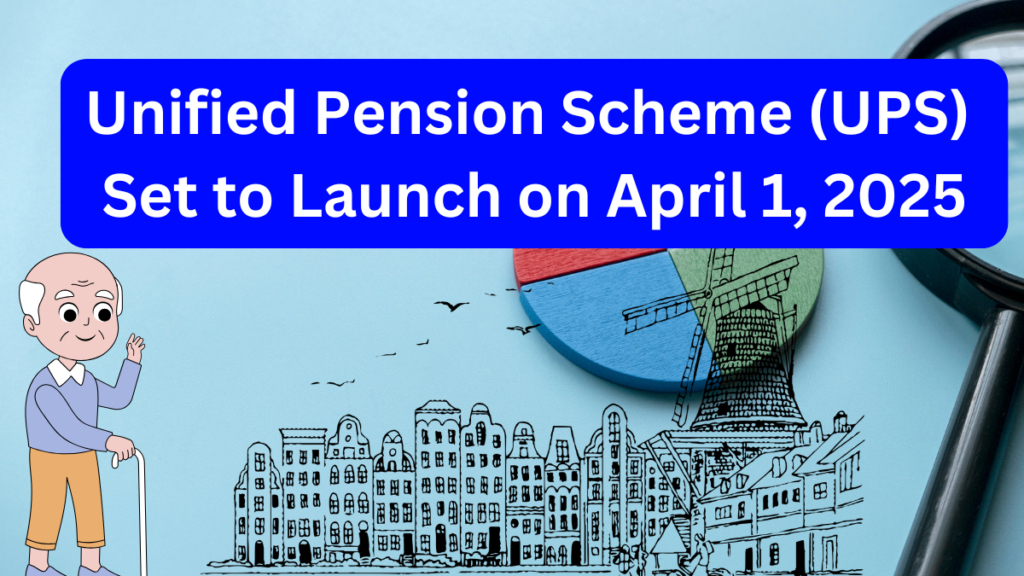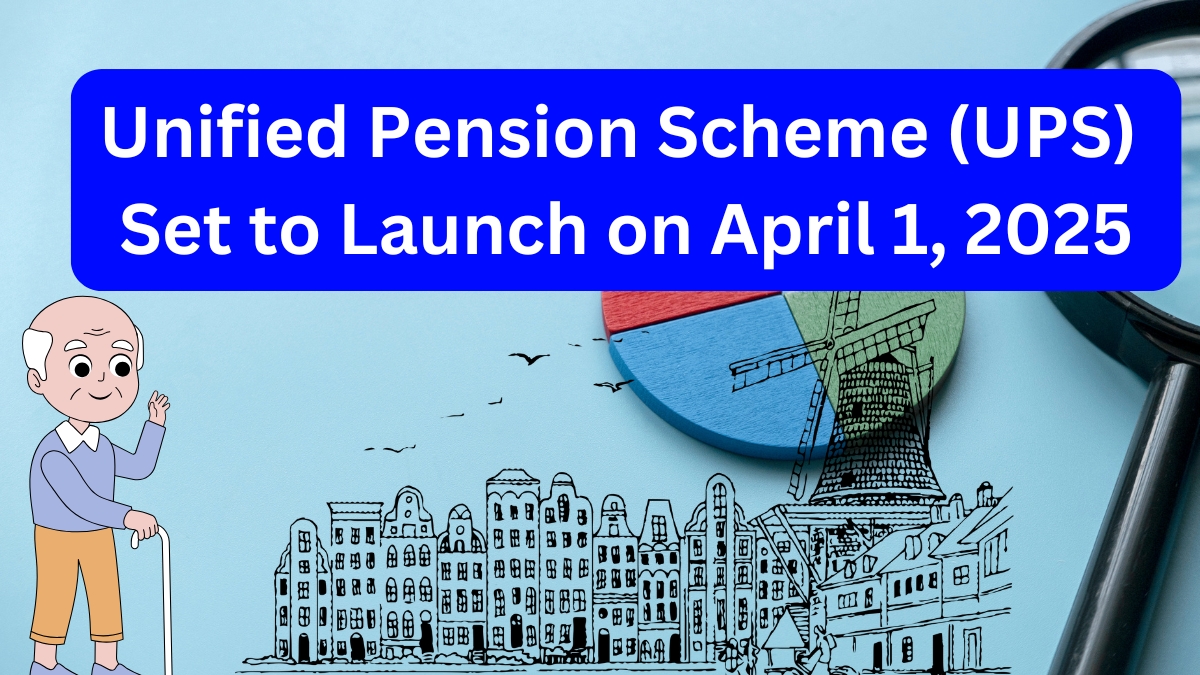The Central Government is preparing to roll out the Unified Pension Scheme (UPS) on April 1, 2025. This new pension initiative blends elements of both the Old Pension Scheme (OPS) and the National Pension System (NPS) while guaranteeing a minimum pension of Rs 10,000 for government employees who complete at least 10 years of service. Additionally, employees who complete their full tenure will receive a fixed pension.

Key Highlights of the Unified Pension Scheme (UPS):
- Guarantees a minimum pension of Rs 10,000 for those with at least 10 years of service.
- Offers a fixed pension for employees who complete their full-service tenure.
- Incorporates features of both OPS and NPS.
Government Employees’ Gratuity Benefits under UPS
A major question surrounding the new pension scheme is whether government employees will receive gratuity benefits similar to those under OPS and NPS.
During a recent Parliament session, the government was questioned on this aspect. The Finance Ministry clarified that UPS, being a part of NPS, will provide gratuity under the Central Civil Services (Payment of Gratuity under National Pension System) Rules, 2021.
Gratuity Entitlement Under UPS
- Retirement Gratuity: Employees who complete a minimum of 5 years of service will be eligible.
- Death Gratuity: In case of an employee’s demise, the gratuity will be calculated based on their length of service.
Eligibility for Assured Payouts on Voluntary Retirement
Another critical question raised in Parliament concerned the assured payout eligibility in cases of voluntary retirement after 25 years of service.
As per the Gazette Notification dated January 24, 2025, Rajya Sabha MP Javel Ali Khan sought clarification on whether an assured payout would commence from the date of superannuation if an employee voluntarily retires. In response, Minister of State for Finance Pankaj Chaudhary stated:
- Since UPS is a fund-based pension system, assured payouts depend on the timely accumulation and investment of contributions.
- For voluntary retirees with at least 25 years of service, payouts will begin from their superannuation date, had they remained in service.
Will Every Government Employee Get Rs 25 Lakh as Gratuity?
The government increased the maximum gratuity limit to Rs 25 lakh in 2024. However, not all employees will receive the full amount, as gratuity is calculated based on a specific formula.
Gratuity Calculation Formula
The final gratuity payout is determined by the following:
- Gratuity = (16.5 × Last Salary) OR Rs 25 lakh, whichever is lower.
- Last salary includes Basic Pay + Dearness Allowance (DA).
Thus, the actual gratuity amount will depend on an employee’s salary and total service period.
Types of Gratuity for Government Employees
Government employees are entitled to two types of gratuity:
1. Retirement Gratuity
- Employees must complete at least 5 years of service.
- Gratuity is calculated as 1/4th of basic pay + DA for every 6 months of service.
- Maximum entitlement: 16.5 times salary or Rs 25 lakh, whichever is lower.
2. Death Gratuity
If an employee dies during service, their family will receive gratuity as follows:
| Service Duration | Gratuity Payable |
|---|---|
| Less than 1 year | 2 times the last salary |
| 1 to 5 years | 6 times the last salary |
| 5 to 11 years | 12 times the last salary |
| 11 to 20 years | 20 times the last salary |
| More than 20 years | Half of the last salary for every 6 months of service |
Conclusion
The Unified Pension Scheme (UPS) is a major reform in India’s pension structure, aiming to provide financial security to government employees. While it ensures a minimum pension and gratuity benefits, employees must understand that gratuity payouts will be based on their service tenure and salary rather than a flat Rs 25 lakh entitlement.
With its mix of OPS and NPS features, the UPS is expected to offer a balanced approach to pension benefits for government employees.
Click here to learn more
Pari is a passionate writer known for captivating stories that blend imagination and reality. Inspired by travel, history, and everyday moments, Pari crafts narratives that resonate deeply with readers.
